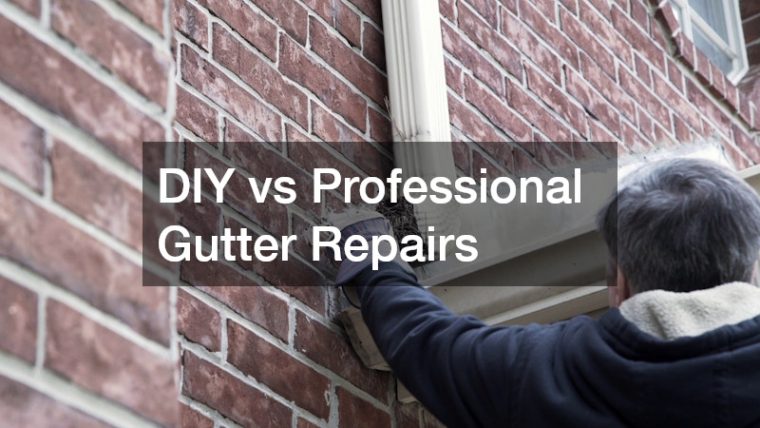Category: Home
Gutters are an essential part of any home, directing rainwater away to prevent damage. Regular maintenance and timely repair are necessary to ensure their proper functioning. Homeowners often face the dilemma of whether to pursue DIY projects or hire professional gutter repair services. Understanding the pros and cons of both…
One of the first questions to ask a residential roofing contractor in Portland, OR, is about their experience and credentials. It’s important to know how long they have been in business and what kind of projects they have handled in the past. Experienced contractors typically have a more thorough understanding…
The first step in hiring a trustworthy deck builder is understanding their experience and qualifications. A seasoned professional will have a substantial portfolio to show off past projects. Asking how long they have been in business can give you a sense of their industry stability and commitment. Video Source An…
Smoke damage restoration is a critical process that follows a fire disaster in any property. While the immediate danger might be extinguished when the flames are put out, the lingering effects of smoke can continue to cause significant harm. Smoke particles infiltrate every nook and cranny of a building, leading…
Flood barriers play a crucial role in safeguarding homes from the merciless damage caused by heavy rains and rising waters. With climate change causing more frequent and severe weather events, the demand for efficient flood protection measures has become paramount. To choose the best flood barrier for your home, it’s…




